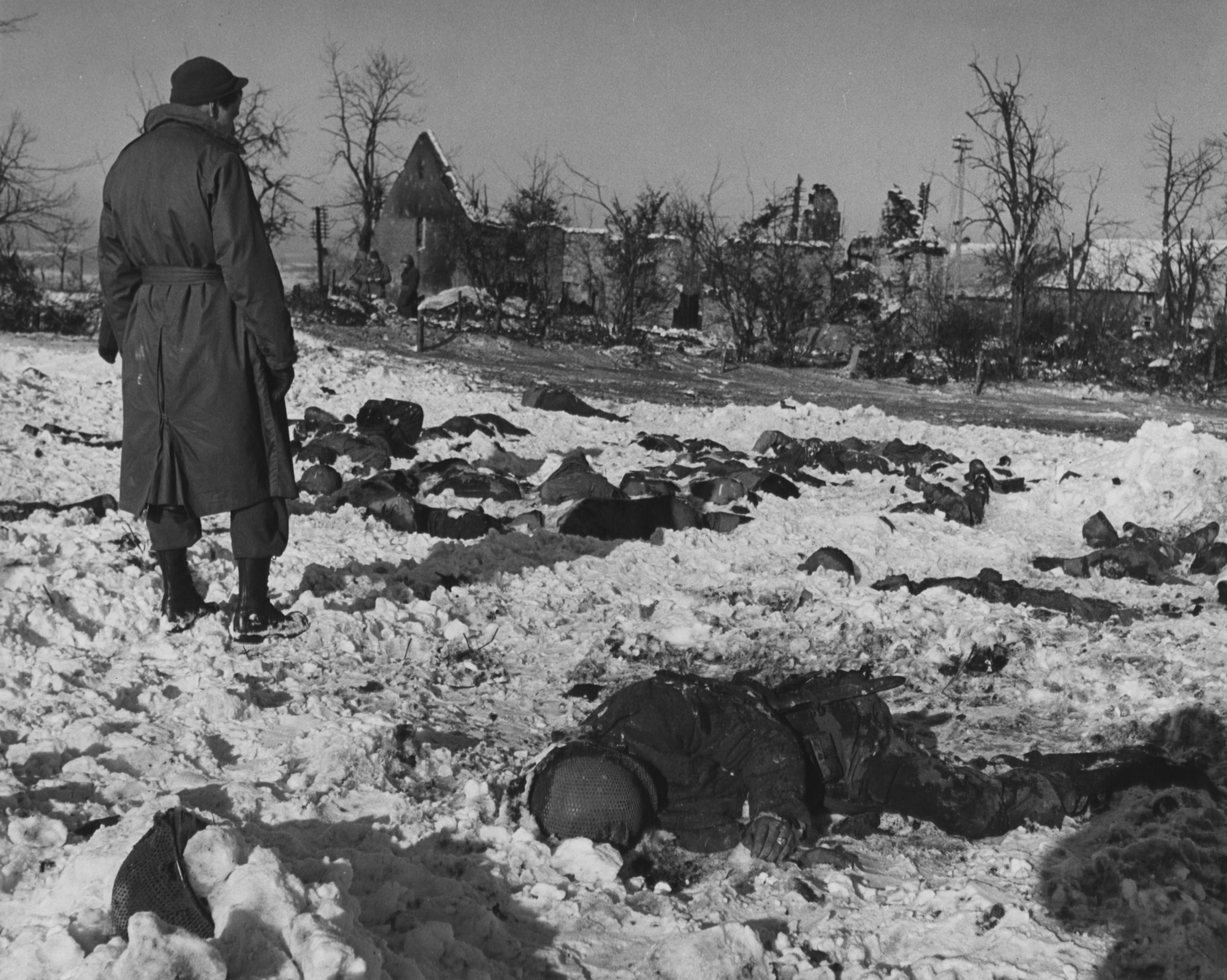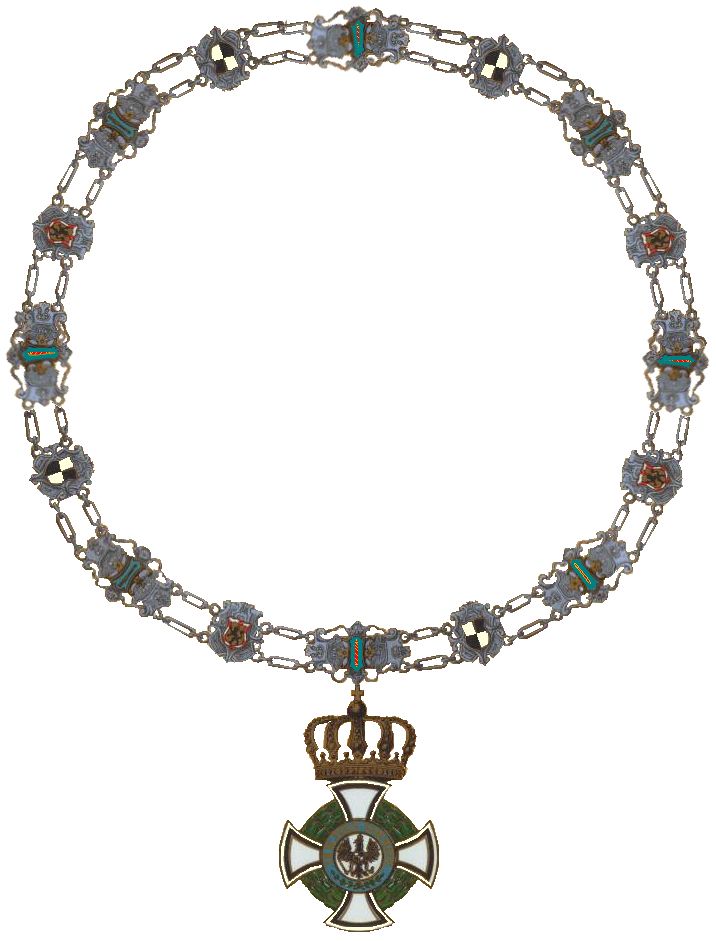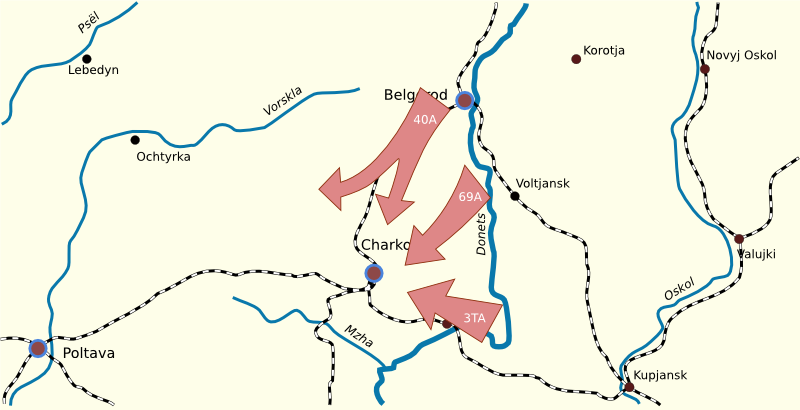|
Hermann Hoth
Hermann Hoth (12 April 1885 – 25 January 1971) was a German army commander, war criminal, and author. He served as a high-ranking panzer commander in the Wehrmacht during World War II, playing a prominent role in the Battle of France and on the Eastern Front (World War II), Eastern Front. Contemporaries and later historians consider Hoth one of the most talented armoured warfare commanders of the war. He was a strong believer in Nazism, and units under his command committed several war crimes including the murder of Prisoner of war, prisoners of war and civilians. Born in Prussia, Hoth embarked on a career as a military officer early in his youth. After graduating from the Preußische Hauptkadettenanstalt, Royal Prussian Military Academy, he slowly rose in the ranks of the Imperial German Army. Hoth mainly served in various staff positions in World War I, and after the conflict's conclusion continued to do so in the Reichswehr, armed forces of the newly formed Weimar Republic. ... [...More Info...] [...Related Items...] OR: [Wikipedia] [Google] [Baidu] |
Neuruppin
Neuruppin (, , in contrast to ":de:Alt Ruppin, Old Ruppin"; ; North Brandenburgisch dialect, Brandenburgisch: ''Reppin'') is a town in Brandenburg, Germany, the administrative seat of Ostprignitz-Ruppin district. It is the birthplace of the novelist Theodor Fontane (1819–1898) and therefore also referred to as ''Fontanestadt''. A garrison town since 1688 and largely rebuilt in a Neoclassical architecture, Neoclassical style after a devastating fire in 1787, Neuruppin has the reputation of being "the most Prussian of all Prussian towns". Geography Geographical position Neuruppin is one of the largest cities in Germany in terms of area. The city of Neuruppin, northwest of Berlin in the district of Ostprignitz-Ruppin (Ruppin Switzerland), consists in the south of the districts located on the shores of Ruppiner See, which is crossed by the Rhin River, including the actual core city of Neuruppin and Alt Ruppin. In the north, it stretches up to the Rheinsberg Lake Region and the borde ... [...More Info...] [...Related Items...] OR: [Wikipedia] [Google] [Baidu] |
Invasion Of Poland
The invasion of Poland, also known as the September Campaign, Polish Campaign, and Polish Defensive War of 1939 (1 September – 6 October 1939), was a joint attack on the Second Polish Republic, Republic of Poland by Nazi Germany, the Slovak Republic (1939–1945), Slovak Republic, and the Soviet Union, which marked the beginning of World War II. The German invasion began on 1 September 1939, one week after the signing of the Molotov–Ribbentrop Pact between Germany and the Soviet Union, and one day after the Supreme Soviet of the Soviet Union had approved the pact. The Soviet invasion of Poland, Soviets invaded Poland on 17 September. The campaign ended on 6 October with Germany and the Soviet Union dividing and annexing the whole of Poland under the terms of the German–Soviet Frontier Treaty. The aim of the invasion was to disestablish Poland as a sovereign country, with its citizens destined for The Holocaust, extermination. German and Field Army Bernolák, Slovak forces ... [...More Info...] [...Related Items...] OR: [Wikipedia] [Google] [Baidu] |
German Mistreatment Of Soviet Prisoners Of War
During World War II, Soviet Union, Soviet prisoners of war (POWs) held by Nazi Germany and primarily in the custody of the German Army (Wehrmacht), German Army were starved and subjected to deadly conditions. Of nearly six million who were captured, around three million died during their imprisonment. In June 1941, Germany and Axis powers, its allies Operation Barbarossa, invaded the Soviet Union and carried out a war of extermination with complete disregard for the laws and customs of war. Among the Criminal orders (Nazi Germany), criminal orders issued before the invasion was for the Commissar Order, execution of captured Soviet commissars and disregard for Germany's legal obligations under the 1929 Geneva Convention. By the end of 1941, over 3 million Soviet soldiers had been captured, mostly in large-scale encirclement operations during the German Army's rapid advance. Two-thirds of them had died from starvation, exposure, and disease by early 1942. This is one of the high ... [...More Info...] [...Related Items...] OR: [Wikipedia] [Google] [Baidu] |
Crimes Against Humanity
Crimes against humanity are certain serious crimes committed as part of a large-scale attack against civilians. Unlike war crimes, crimes against humanity can be committed during both peace and war and against a state's own nationals as well as foreign nationals.Margaret M. DeGuzma"Crimes Against Humanity"''Research Handbook on International Criminal Law'', Bartram S. Brown, ed., Edgar Elgar Publishing, 2011. Together with war crimes, genocide, and the crime of aggression, crimes against humanity are one of the core crimes of international criminal law and, like other crimes against international law, have no temporal or jurisdictional limitations on prosecution (where universal jurisdiction is recognized). The first prosecution for crimes against humanity took place during the Nuremberg trials against defeated leaders of Nazi Germany. Crimes against humanity have been prosecuted by other international courts (such as the International Criminal Tribunal for the former Yugosl ... [...More Info...] [...Related Items...] OR: [Wikipedia] [Google] [Baidu] |
War Crimes
A war crime is a violation of the laws of war that gives rise to individual criminal responsibility for actions by combatants in action, such as intentionally killing civilians or intentionally killing prisoners of war, torture, taking hostages, unnecessarily destroying civilian property, deception by perfidy, wartime sexual violence, pillaging, and for any individual that is part of the command structure who orders any attempt to committing mass killings (including genocide or ethnic cleansing), the granting of no quarter despite surrender, the conscription of children in the military, and flouting the legal distinctions of proportionality and military necessity. The formal concept of war crimes emerged from the codification of the customary international law that applied to warfare between sovereign states, such as the Lieber Code (1863) of the Union Army in the American Civil War and the Hague Conventions of 1899 and 1907 for international war. In the afterm ... [...More Info...] [...Related Items...] OR: [Wikipedia] [Google] [Baidu] |
Knight's Cross Of The Iron Cross With Oak Leaves And Swords
The Knight's Cross of the Iron Cross (), or simply the Knight's Cross (), and its variants, were the highest awards in the military and paramilitary forces of Nazi Germany during World War II. While it was order of precedence, lower in precedence than the Grand Cross of the Iron Cross#1939 Grand Cross, Grand Cross of the Iron Cross, the Grand Cross was never awarded at-large to Nazi German military and paramilitary forces. The Grand Cross's sole award was made to ''Reichsmarschall'' Hermann Göring in September 1939, making the Knight's Cross (specifically, the Knight's Cross of the Iron Cross#Grades, Knight's Cross with Golden Oak Leaves, Swords, and Diamonds grade) the ''de facto'' highest award among the Orders, decorations, and medals of Nazi Germany, decorations of Nazi Germany. The Knight's Cross was awarded for a wide range of reasons and across all ranks, from a senior commander for skilled leadership of his troops in battle to a low-ranking soldier for a single act of ... [...More Info...] [...Related Items...] OR: [Wikipedia] [Google] [Baidu] |
House Order Of Hohenzollern
The House Order of Hohenzollern ( or ') was a dynastic order of knighthood of the House of Hohenzollern awarded to military commissioned officers and civilians of comparable status. Associated with the various versions of the order were crosses and medals which could be awarded to lower-ranking soldiers and civilians. History The Princely House Order of Hohenzollern originated in 1841, by joint decree of Prince Konstantin of and Prince Karl Anton of . These two principalities in southern Germany were Catholic collateral lines of the House of Hohenzollern, cousins to the Protestant ruling house of Prussia. On 23 August 1851, after the two principalities had been annexed by Prussia, the order was adopted by the Prussian branch of the house. Also, although the two principalities had become an administrative region of the Prussian kingdom, the princely lines continued to award the order as a house order. The Prussian version was then known as the Royal House Order of Hohenzollern (' ... [...More Info...] [...Related Items...] OR: [Wikipedia] [Google] [Baidu] |
Battle Of Kiev (1943)
The Second Battle of Kiev was a part of a much wider Soviet offensive in Ukraine known as the Battle of the Dnieper involving three strategic operations by the Soviet Red Army and its Czechoslovakia, Czechoslovak units and one operational counterattack by the Wehrmacht, which took place between 4 November and 22 December 1943. Following the Battle of Kursk, the Red Army launched the Belgorod-Kharkov Offensive Operation, pushing Erich von Manstein's Army Group South back towards the Dnieper River. Stavka, the Soviet high command, ordered the Central Front (Soviet Union), Central Front and the Voronezh Front to force crossings of the Dnieper. When this was unsuccessful in October, the effort was handed over to the 1st Ukrainian Front, with some support from the 2nd Ukrainian Front. The 1st Ukrainian Front, commanded by Nikolai Vatutin, was able to secure bridgeheads north and south of Kiev. Strategy The structure of the strategic operations from the Soviet planning point of vie ... [...More Info...] [...Related Items...] OR: [Wikipedia] [Google] [Baidu] |
Battle Of Voronezh (1942)
The Battle of Voronezh, or First Battle of Voronezh, was a battle on the Eastern Front of World War II, fought in and around the strategically important city of Voronezh on the Don river, south of Moscow, from 28 June-24 July 1942, as opening move of the German summer offensive in 1942. The battle was marked by heavy urban fighting, and ferocious street-fighting, showing what was to come at the Battle of Stalingrad. Battle The German attack had two objectives. One was to seed confusion about the ultimate goals of the overall campaign. There was widespread feeling by almost all observers, especially Soviet high command, that the Germans would reopen their attack on Moscow that summer. By strongly attacking toward Voronezh, near the site of the German's deepest penetration the year before, it would hide the nature of the real action taking place far to the south. Soviet forces sent to the area to shore up the defenses would not be able to move with the same speed as the German ... [...More Info...] [...Related Items...] OR: [Wikipedia] [Google] [Baidu] |
Battle Of Kursk
The Battle of Kursk, also called the Battle of the Kursk Salient, was a major World War II Eastern Front battle between the forces of Nazi Germany and the Soviet Union near Kursk in southwestern Russia during the summer of 1943, resulting in a Soviet victory. The Battle of Kursk is the single largest battle in the history of warfare. It ranks only behind the Battle of Stalingrad several months earlier as the most often-cited turning point in the European theatre of the war. It was one of the costliest battles of the Second World War, the single deadliest armoured battle in history, and the opening day of the battle, 5 July, was the single costliest day in the history of aerial warfare in terms of aircraft shot down. The battle was further marked by fierce house-to-house fighting and hand-to-hand combat. The battle began with the launch of the German offensive Operation Citadel (), on 5 July, which had the objective of pinching off the Kursk salient with attacks on the ... [...More Info...] [...Related Items...] OR: [Wikipedia] [Google] [Baidu] |
Third Battle Of Kharkov
The Third Battle of Kharkov was a series of battles on the Eastern Front (World War II), Eastern Front of World War II, undertaken by Nazi Germany's Army Group South against the Soviet Red Army, around the city of Kharkov between 19 February and 15 March 1943. Known to the German side as the Donets Campaign, and in the Soviet Union as the Donbass and Kharkov operations, the German counterstrike led to the recapture of the cities of Kharkov and Belgorod. As the German 6th Army (Wehrmacht), 6th Army was encircled in the Battle of Stalingrad, the Red Army undertook a series of wider attacks against the rest of Army Group South. These culminated on 2 January 1943 when the Red Army launched Operation Star and Operation Gallop, which between January and early February broke German defenses and led to the Soviet recapture of Kharkov, Belgorod, Kursk, as well as Voroshilovgrad and Izium. These victories caused participating Soviet units to over-extend themselves. Freed on 2 February ... [...More Info...] [...Related Items...] OR: [Wikipedia] [Google] [Baidu] |
Battle Of Stalingrad
The Battle of Stalingrad ; see . rus, links=on, Сталинградская битва, r=Stalingradskaya bitva, p=stəlʲɪnˈɡratskəjə ˈbʲitvə. (17 July 19422 February 1943) was a major battle on the Eastern Front of World War II, beginning when Nazi Germany and its Axis allies attacked and became locked in a protracted struggle with the Soviet Union for control over the Soviet city of Stalingrad (now known as Volgograd) in southern Russia. The battle was characterized by fierce close-quarters combat and direct assaults on civilians in aerial raids; the battle epitomized urban warfare, being the single largest and costliest urban battle in military history. It was the bloodiest and fiercest battle of the entirety of World War II—and arguably in all of human history—as both sides suffered tremendous casualties amidst ferocious fighting in and around the city. The battle is commonly regarded as the turning point in the European theatre of World War II, as Germany ... [...More Info...] [...Related Items...] OR: [Wikipedia] [Google] [Baidu] |









